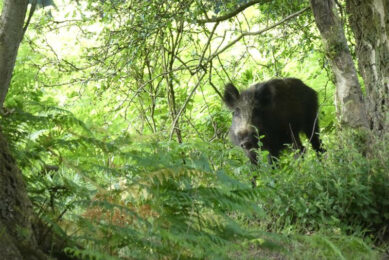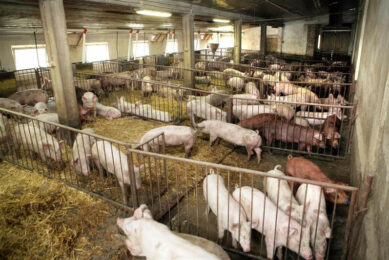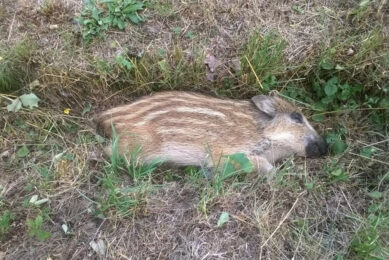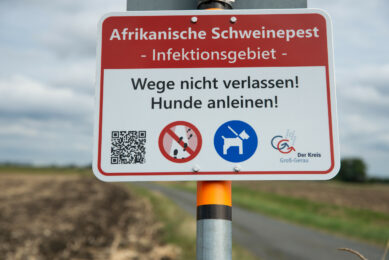PEDv, ASF and the winter setting in

October has begun – daylight is shortening and winter is upon us in the northern hemisphere. The change of climate affects the viruses PEDv and ASF, currently causing problems in Asia/the Americas and Europe. There is hope that both are under control.
In the United States and Canada particularly, this winter is not being greeted with a lot of enthusiasm. Porcine Epidemic Diarrhoea, the swine industry’s public enemy number 1 since about 18 months, is known to thrive when there are plenty of cold, wet and cloudy days – and the virus has been observed to survive freezing temperatures. This winter it will really show if the worst is behind us or whether the winter of 2014-5 will be worse than the previous one.
Last winter, PEDv cases in the US reached a zenith in late February, when outbreak numbers topped 300 per week. By this summer, this number dropped to between 50 and 100 a week. Although in August and September last year, only 25 cases a week were reported per week, the omens are that coming winter may not be as severe as the last one.
First of all, several PEDv vaccines have been registered, like those by Zoetis and by Harrisvaccines. Secondly, and perhaps more importantly, 18 months of experience with PEDv have taught the US and Canadian swine industries what to do and what not to do in order to promote the spread. A lot has been learnt about potential ways of transmission through feed and air – and all this hopefully contributes to a higher biosecurity awareness.
This map informs you about the latest state of affairs with regard to PEDv outbreaks all over the globe.
Another, season-dependent virus which needs close monitoring is African Swine Fever (ASF), but where PEDv likes the cold weather, ASF becomes less active during winter months, as it thrives in warmer temperatures.
Since the virus has entered the European Union this summer, it is possible to very meticulously keep track of its development. Two outbreaks in January and two in February were recorded, after which as from May, almost daily outbreaks were recorded, the majority of them occurring in wild boars.
Now October has come, this frequency appears to have become lower again. The balance of one summer of ASF shows that four countries so far have become affected (Poland, Lithuania, Latvia, Estonia) in which nine farms have been affected, including one commercial pig farm housing 20,000 pigs. The others housed between 1 and 196 pigs.
The virus seems to spread with the running of wild boars, but also appears to have been controlled in Eastern Poland. In the Baltic States, the virus managed to spread to the north but now has hit the Gulf of Finland and geographically cannot spread further into the European Union.
Want to know where we are with ASF in the European Union? Check this map.
Both maps will from now on be available right from the homepage of www.pigprogress.net.











